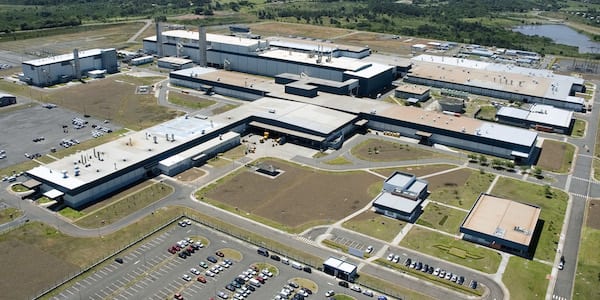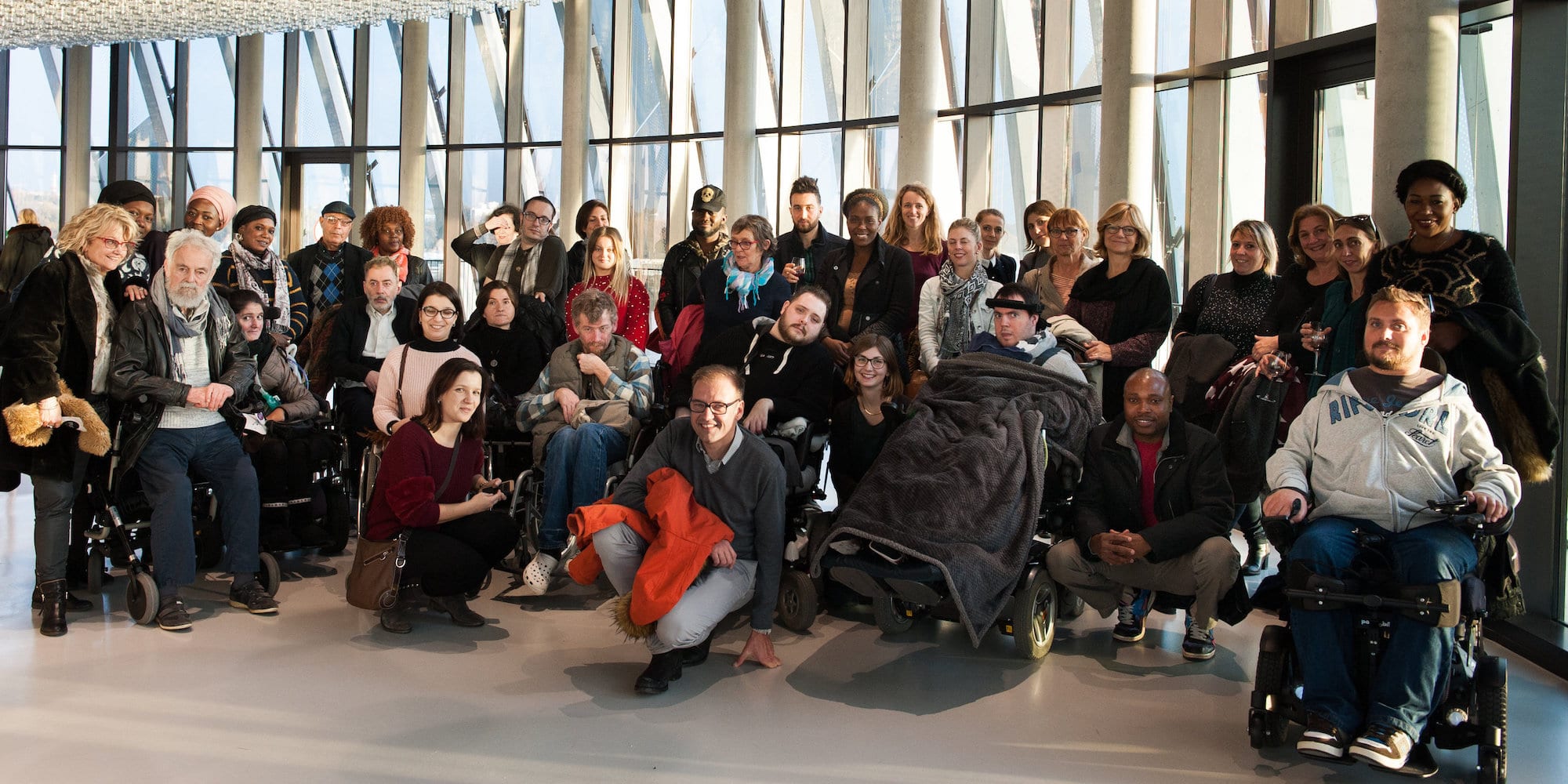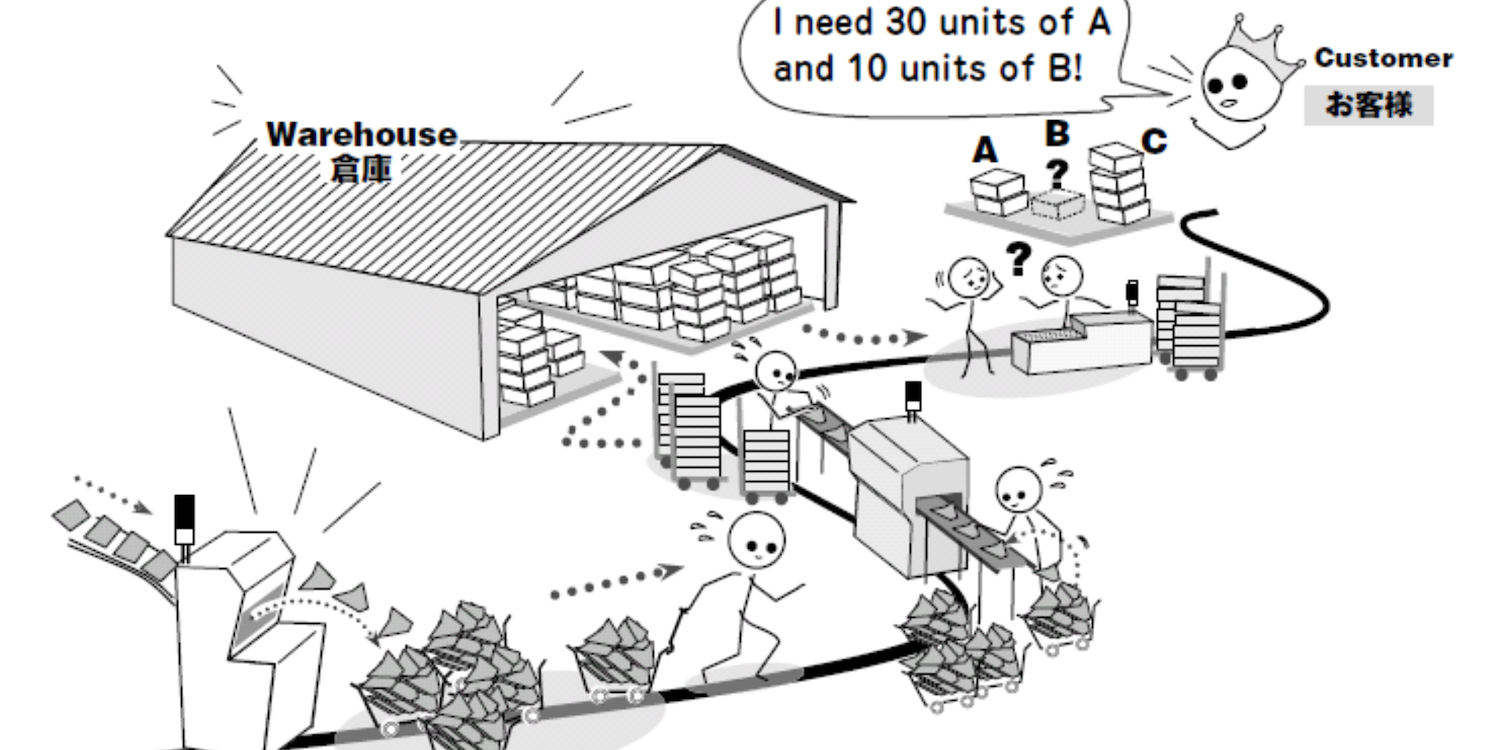
Lean thinking at General Motors do Brasil
INTERVIEW – We speak with Sérgio Caracciolo of General Motors do Brasil about the carmaker’s approach to lean, its struggles, and its lessons learned.
Interviewee: Sergio Caracciolo, Regional Operations & GMS, South America – General Motors do Brasil
Planet Lean: What was the main hurdle that General Motors had to overcome as it tried to develop an all-encompassing enterprise-wide lean system?
Sergio Caracciolo: Historically, GM’s main problem was that it never had a single culture. Being the result of decades of mergers and acquisitions (Buick, Pontiac, Chevrolet, Cadillac, and so on), GM has always been an organization of many mindsets. The problem became more critical in the early 1980s when we started to face the Japanese, whose approach to car making proved very successful - as we all know.
That’s when we launched the NUMMI joint venture with Toyota, which taught us a completely different way of building cars that had nothing to do with anything we had done until then. The new model was based on: waste elimination, teamwork, clear roles and responsibilities, leading by example, go and see, and information sharing.
In order to embrace it, we had to drastically change our behavior.
PL: How does the organization strike the right balance between having a global lean system and giving local operations enough freedom to preserve their cultures?
SC: It’s a hard thing to do. We of course have our Global Manufacturing System, and everybody in GM must live up to its principles. But at the same timewe must consider local cultures. We do this by trying to get a clear understanding of a local situation before we step in to implement change. This will give us the information we need to get off on the right foot.
Adapting the system to how people think and work is necessary to gain their support. Existing cultures often represent a big obstacle, especially when they make teaching difficult. Change is possible in these scenarios as well – it just takes longer.
PL: As you were saying earlier, GM has a lot of acquisitions in its history. In your mind, what are the advantages of a greenfield instead?
SC: In a greenfield, people grow within the company with the idea that lean is the way of life. Lean practice and thinking is all they learn and experience.
A brownfield is a much more complex environment to navigate. In such a scenario, people are used to their own way of doing things (which often follows the logic of traditional management) and we need to convince them that we have a better way to manage the business. And it takes time... In our case, it took 17 years!
PL: If you were to reflect on the biggest mistake that, in your opinion, large organizations make as they implement lean thinking, what would you say that mistake is?
SC: Easy. The biggest mistake they can make is not keeping local cultures into consideration and expecting people to start acting like the Japanese. Words like kaizen and gemba don’t mean much by themselves if they are not adapted and re-interpreted to fit local culture.
PL: What process do you follow to assess the level of lean maturity of a plant?
SC: We use a process called “calibration,” which is an assessment based on 94 different requirements. In general, however, maturity goes hand in hand with the highest level of commitment of top management.
PL: How has leadership behavior adapted to lean at General Motors?
SC: By embracing the principles of leading by example. If people think you are not walking the talk, you are set to fail.
PL: What is your approach to developing people?
SC: One of our priorities at the moment is ensuring that corporate values (Total Focus On the Customer; Relationships Matter; Excellence in Day to Day Work) become a compass for everybody at GM. If people understand and accept them, it will be easier to get lean to stick and to sustain results.
PL: What is the biggest disadvantage of doing lean in a large organization?
SC: I think that lean tends to work better in a company that does not have access to a lot of resources. If you have money, you don’t need lean… you can simply throw cash at a problem. It’s when you struggle to make ends meet that you need to learn to do more with less.
THE INTERVIEWEE

Read more


FEATURE - In this article, taken from LEI's Design Brief, Jim Morgan talks about the often-overlooked topic of building quality into new products. Learn how a customer-centric approach in development can prevent costly rework and build lasting trust.


VIDEO - Dan Jones was one of the keynote speakers at this year's Lean Summit in The Netherlands. Here's a 15-minute excerpt of his talk, with some great insights into the state of lean thinking.


NOTES FROM THE GEMBA – This French company provides support to the severely disabled, and is currently using lean thinking to limit employee turnover and recruit faster.


FEATURE – The release of Christoph Roser’s new book All About Pull inspires John Shook to discuss the origins and true meaning of “pull” and why it is incorrect to blame JIT for the shortcomings of global supply chains.

